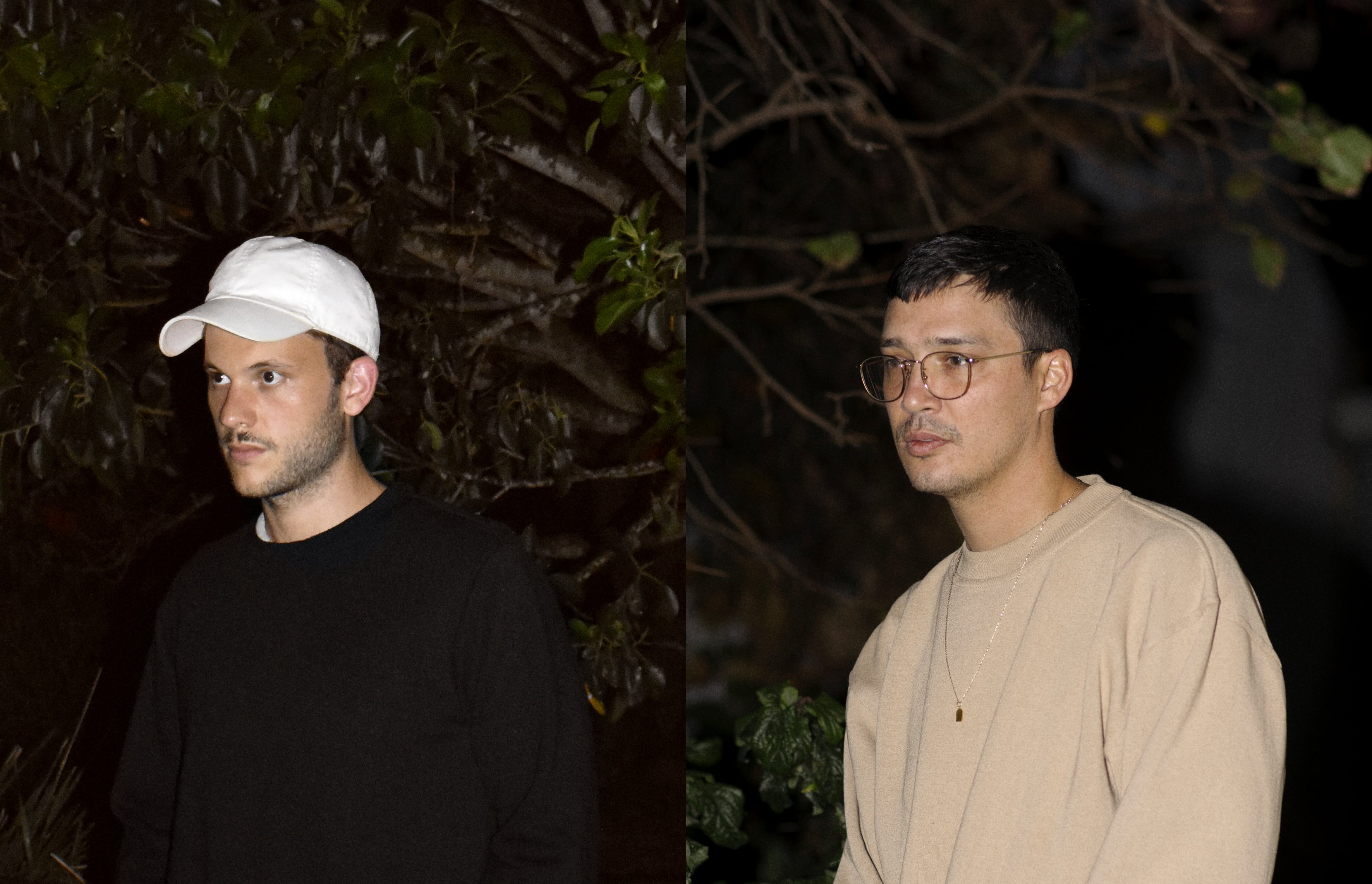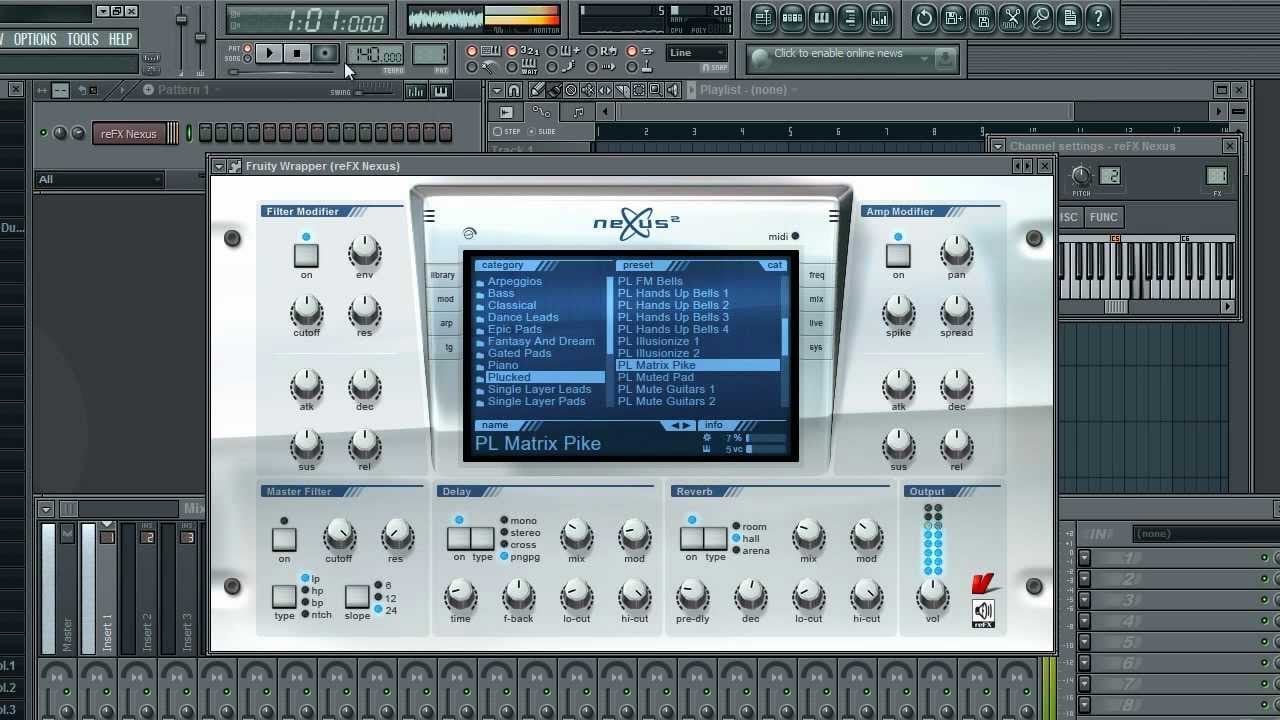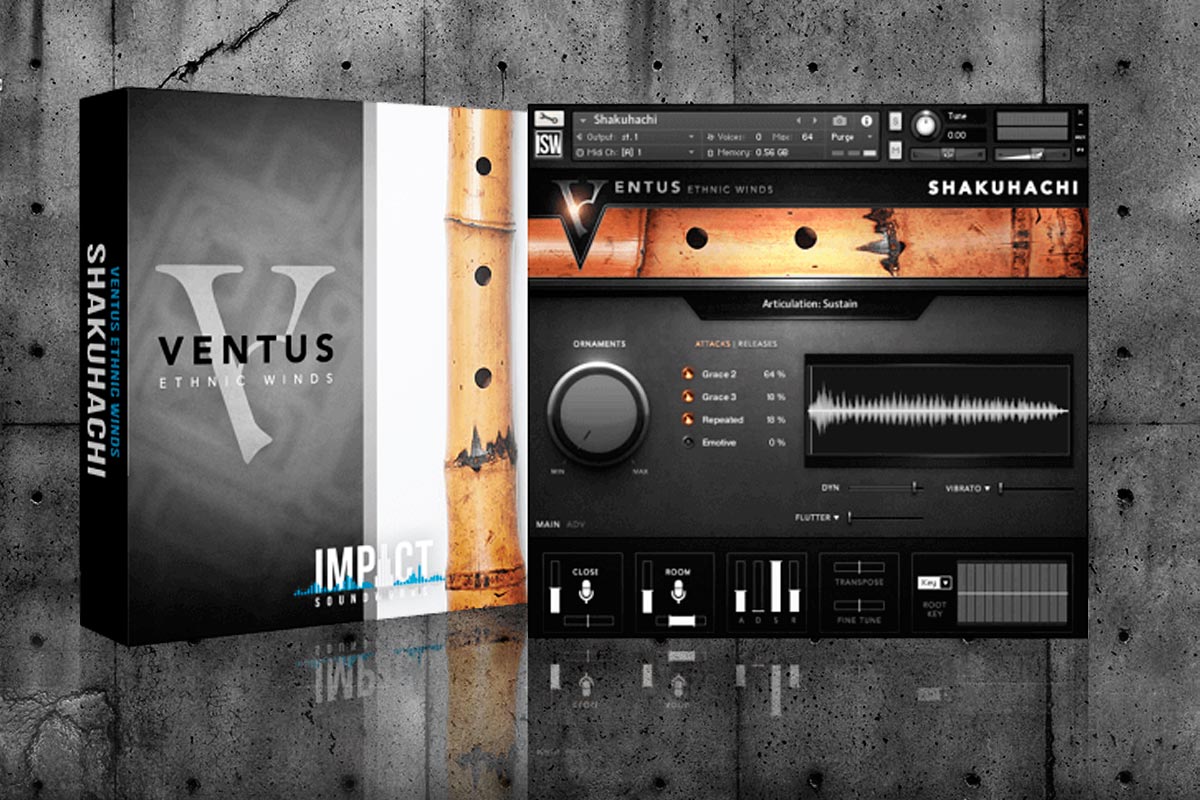


In the first of a two-part series, Sophie Rose chats with Utility, an ongoing collaboration between sound artists Austin Buckett and Thomas Smith.
Describing the project as a shared fascination with the ‘existing constellation of fake and real sounds’, Smith and Buckett draw from the seemingly-infinite library of presets in electronic music production. Situated somewhere between authorless readymades and original compositions, these presets increasingly inform popular music and, in doing so, expose something of contemporary culture at large. Their latest release, Nexus Destiny, is a collection of sixty short arpeggios made exclusively with such presets. Complicating the dichotomies of original and copy, inspired and derivative, expressive and mechanical, Nexus Destiny unpicks the complex intertwining of software, creation and affect in a digital age.
Sophie Rose: Let’s begin with the title, Nexus Destiny — where did this come from?
Austin Buckett: The word Nexus in the title is a direct reference to a piece of software called ‘Nexus’, which is one of the instruments we used for the project and one of the most commonly used in both EDM and Trap music production. Nexus is typical of they way tools used in electronic music have produced aesthetic standards that are infinitely reproducible. Nexus contains thousands of presets, some of which are used over and over again in new but very similar contexts. The arpeggio (the notes of chord, scale or mode played separately in sequence) is often the backbone or the starting point of tracks, and so it was an appropriate form to compile for this record.
Tom Smith: We feel that although in some ways music continues to change in unpredictable ways, there is an overall movement towards standardisation that is driven by the continuous reproduction of virtual textures via instruments like Nexus. So we wanted to reference this idea: that our sonic destiny seems to be moving further into this musical uncanny valley where all music takes on something of this ready-made quality. Right now music is both authentic and social, at the same time as it is technologically determined and an artefact of commercial systems. We don’t necessarily think this is a good or a bad thing— so there is an ambivalence to our work in that there’s a critical stance bound up in our reproduction of these generic aesthetics, but there’s also something celebratory in it.
The basic properties of digital systems ensure reproducibility and are predicated on capture and control. In our work generally we’re interested in this process where software tools capture and automate human emotion for the purposes of endless iteration. The automation of musical tropes obviously complicates traditional ideas of genius and uniqueness — and so we often take an approach that embraces this apparent lack of agency. This record resonates with that in that it is the result of documenting machines doing what they are designed to do. We wanted to take a very honest approach to digital authorship where we merely set machines off and guide them where we feel we need to. In terms of titles, we also named the arps after the presets we used to create them, and provided key signature and bpm [beats per minute] details in the manner of a sample pack (collections of files producers use to make tracks), as a way of outlining the record’s dual function; we wanted it to work equally well as a listenable record, but also as a sample pack for other producers to re-work.
Sophie: Could you explain your process for making the collection a little more? How did you balance editing the arpeggios while adhering to the given preset form?
Austin: I collected an archive of what are called ‘expansions’ for Nexus, which are these collections of saved user-made presets that reflect a particular style — I mainly collected trap and rap expansions for nexus. The stylistic references are pretty loose at times ie. labelled ‘Drake’ or ‘Future’ or referencing a specific track, or record and imitating its sonic territory like ‘Dirty Sprite 2’. Sometimes these expansions contain preset arpeggios, so at times we’re just framing pre-existing arpeggio patterns with minimal editing. I either used the arpeggiator within Nexus and modified preset rhythmic and pitch parameters, or I played a single chord on a MIDI controller and changed the patterns throughout.
Tom: I wrote all my arpeggios note by note before looping and editing them, so the preset aspect mainly pertained to the timbral quality of the sound itself. I didn’t take such a genre specific approach, which is why I think Austin’s arps work a bit better as producer tools because you can really hear where the drum sounds should be.
Part of my interest in presets is to do with the way they encode cultural information. The flute sound heard in ‘Shakahach Grime’ [one of the arps] for instance is a preset I have used in my music repeatedly over the last few years. I’m interested in the way a 700 year old instrument with particular traditions and techniques can be captured in numbers. There’s something a bit unsettling about a virtual shakuhachi that comes bundled with software developed in Silicon Valley — it speaks to the way culture becomes repeatable information in computerised societies. There is a ghostly aspect to this for me, I’m part Japanese but not in a way where I consciously identify or speak the language, so it was weird realising I was attracted to these sounds without really knowing why or being conscious of it. I’ve talked about this aspect of making music a lot with DJ Plead, who I’ve made music with as Poison. I also find this a strange place to be because the world of engineers and developers that create these tools is quite divorced from conversations around cultural appropriation and so on: you can see this in the casual use of terms “exotic” in the marketing language around these products. Presets emulating non-western sounds are almost always grouped under the heading 'ethnic'. It’s not uncommon to come across presets with names like “tribal vibes” or 'oriental voice', and even weirder more problematic ones. So this encoding of cultures into reusable tools is part of an ongoing process of mining otherness for novelty and newness — a kind of sonic neo-colonialism.
Sophie: Do you feel as if by incorporating the shakuhachi sounds that you are reclaiming or, in the very least disrupting, that appropriation?
Tom: One thing I’m trying to expose is that modes of listening are sort of automatic, or Pavlovian in a way. Layers and layers of pop culture have produced a system of references that are involuntary for listeners—if you use a theremin sound many people think of science fiction, just like if you use a flute sound like a shakuhachi they might make an association with some abstracted version of ‘the east’. These associations are apparent when people unwittingly start ‘ethnic dancing’ when they hear certain sounds or scales (this has actually happened when I have been djing in the past). I call this the ‘deep forest effect’. In a western context you would be most likely to hear shakuhachi or koto sounds while getting a massage or hanging in a chai tent at a bush doof or something. Which reveals how modes of listening continue to be encoded with ideas of otherness, and that there is a hierarchy immanent to western aesthetics determining which sounds are taken seriously and which have been relegated to kitsch. Grey-scale European techno is also evidence of this, it is seen as somehow more serious to not use any harmonic material or sounds that are linked to particular instruments, places or times. So yes, there is a kind of immanent critique involved in my reproduction of koto and shakuhachi sounds, where I’m using them to highlight these aesthetic hierarchies, and hopefully destabilise them a bit. I’ve always been a bit hesitant to explicitly use art-writing type verbs like ‘disrupting’ and ‘reclaiming’ in relation to my work because I’m not sure I can really achieve that, but I certainly aspire to something along those lines.
Sophie: I’m interested in how you describe each piece as an etude (a short composition used as practice exercises). Were you thinking about models of education or practice when you approached the project?
Austin: Our joint process in creating these works did certainly become a generative form of regular practice. We would both write two or three arps a day and store them for use in future tracks. At a certain point we selected 60 of these from over 100. We’ve continued compiling these ideas, which will reappear in the rap or club tunes we produce.
I wouldn’t say we considered an educational aspect to these while making them, but it’s an interesting question, I hadn’t thought about that before. Tom and I have both taught composition and/or production in art & conservatorium contexts, and being able to observe, discuss and learn from these interactions with students has probably informed our approach in some ways. A large proportion of students aren’t focused on traditional models of composing rhythmic, melodic or harmonic material from scratch, they just copy and mix loops. Witnessing so many people doing this has helped us conceptualise how most people actually use music production technology, and how it is socially embedded in its most everyday form. I don’t think there’s a problem with this necessarily, but we wanted to make a record that distilled some of the weirdness of these very generic and technologically determined ways of making music.
Sophie Rose is currently Assistant Curator at the Queensland Art Gallery | Gallery of Modern Art (QAGOMA).
Stay tuned next month for Part II of this conversation.
